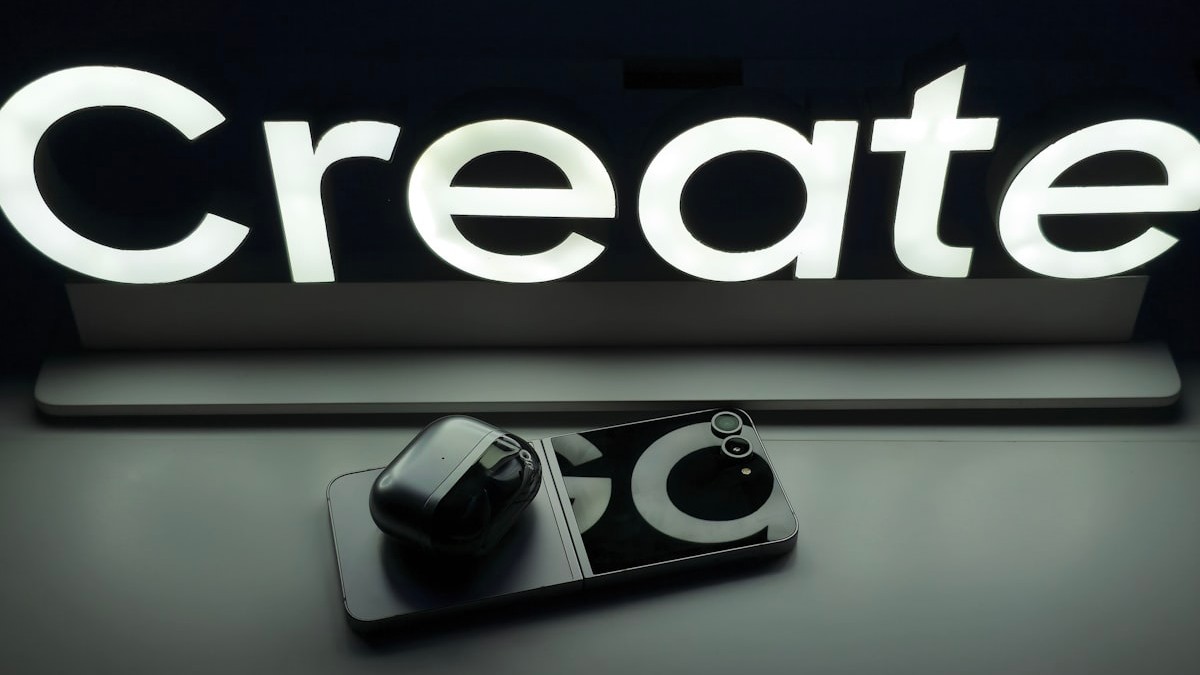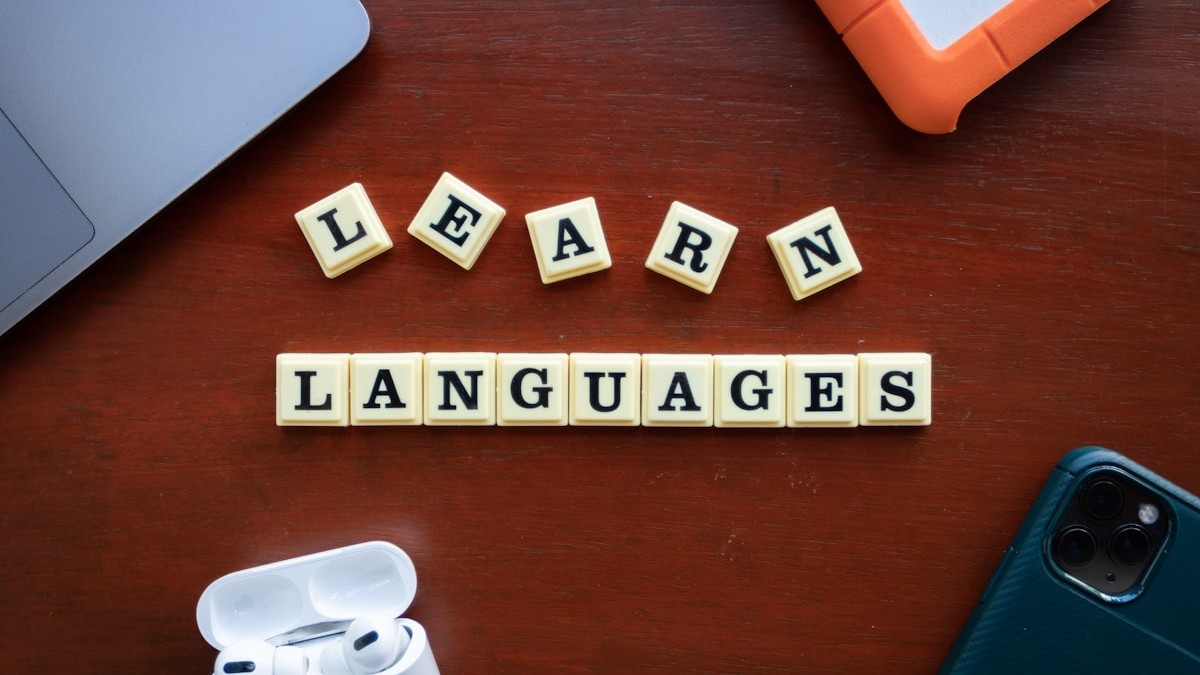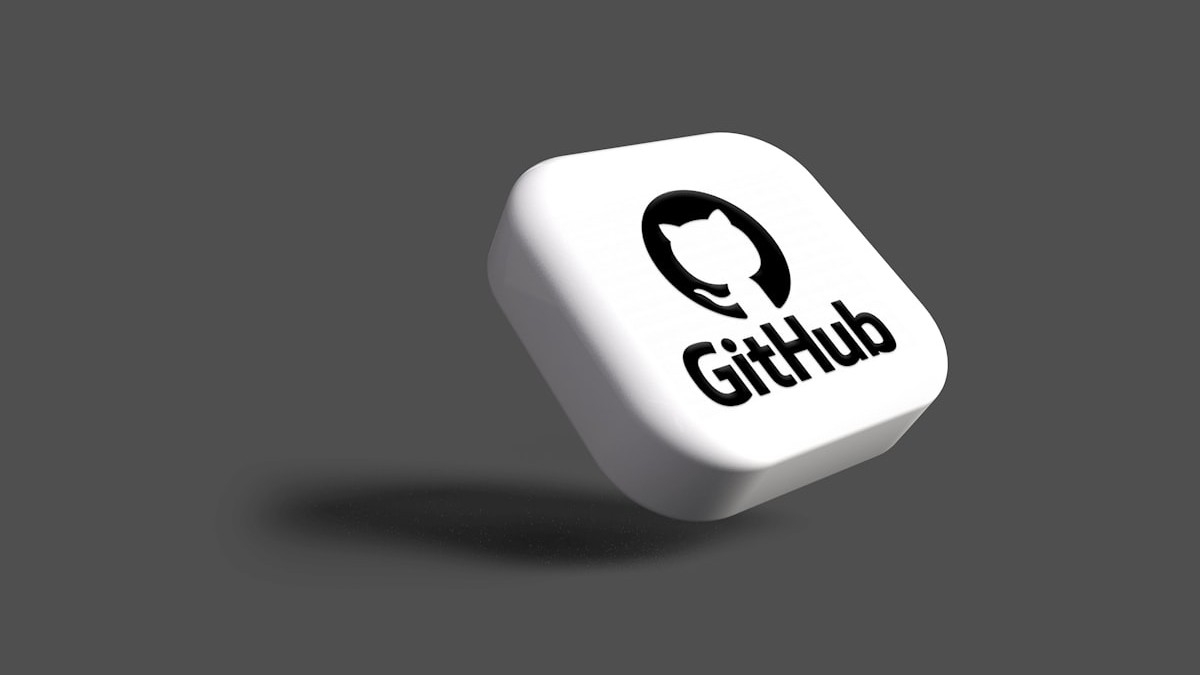Build an AI Chatbot Step by Step: A Practical Guide (2024)
Are you ready to dive into the world of artificial intelligence and learn how to build AI chatbot step by step? In today's digital landscape, AI chatbots are revolutionizing customer service, lead generation, and even internal communication. This comprehensive guide will walk you through the entire process, from understanding the basics to deploying your own intelligent chatbot. Whether you're a seasoned developer or just starting out, this tutorial will equip you with the knowledge and skills you need to create a powerful and effective AI chatbot. Let's get started!
1. Understanding AI Chatbots: The Fundamentals
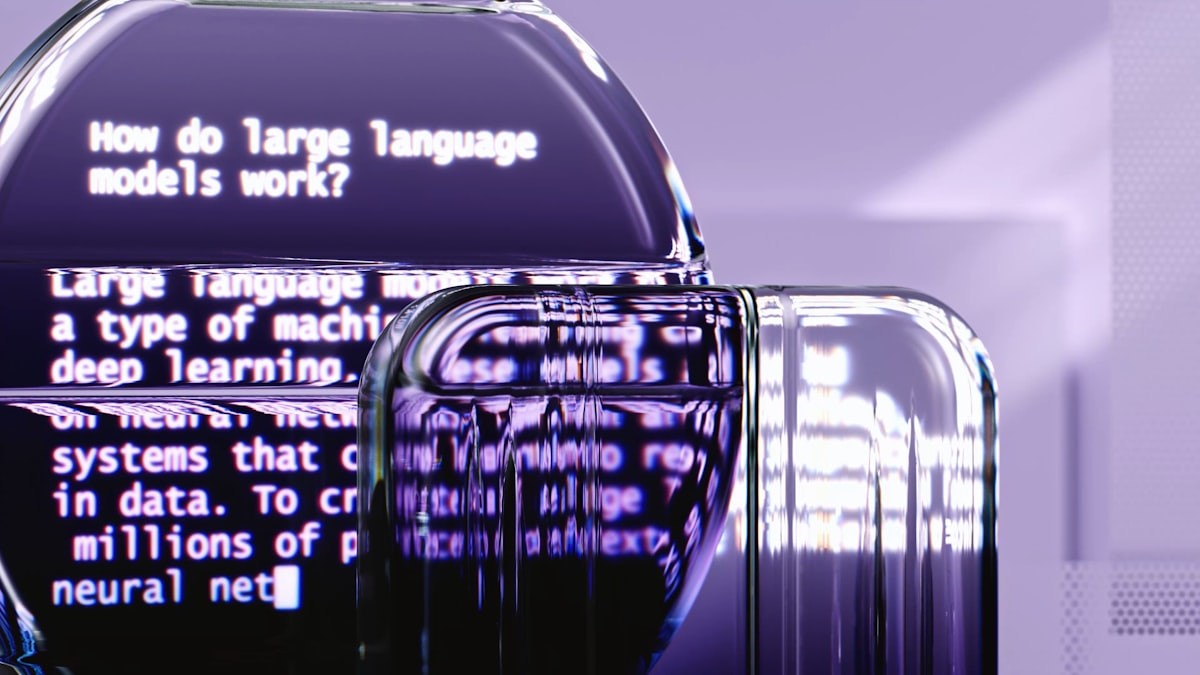
a close up of a piece of luggage with text on it
Before we jump into the technical aspects, let's define what an AI chatbot is and why they are so valuable.
What is an AI Chatbot?
An AI chatbot is a computer program designed to simulate conversation with human users, typically over the internet. Unlike traditional rule-based chatbots, AI chatbots use machine learning and natural language processing (NLP) to understand user intent and provide more relevant and personalized responses. They learn from data and improve their performance over time. Key components include:
- Natural Language Understanding (NLU): Enables the chatbot to understand the meaning behind user input, including intent, entities, and context.
- Natural Language Generation (NLG): Allows the chatbot to generate human-like responses that are grammatically correct and contextually appropriate.
- Machine Learning (ML): Powers the chatbot's ability to learn from data and improve its accuracy and effectiveness.
Why Use AI Chatbots?
AI chatbots offer numerous benefits for businesses, including:
- 24/7 Availability: Provide instant support to customers around the clock.
- Cost Reduction: Automate tasks and reduce the workload on human agents.
- Improved Customer Experience: Offer personalized and efficient support.
- Lead Generation: Capture leads and qualify prospects.
- Data Collection: Gather valuable insights into customer behavior and preferences.
[Image Prompt: A graphic illustrating the components of an AI chatbot: NLU, NLG, and ML, interacting with a user interface.]
2. Defining Your Chatbot's Purpose and Scope
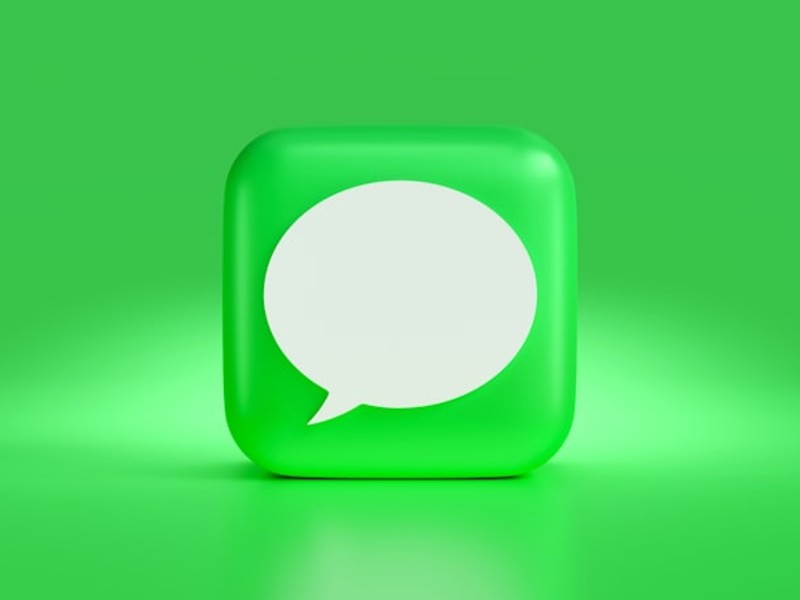
a green square with a white speech bubble
The first step in how to build AI chatbot step by step is to clearly define its purpose and scope. What problems will it solve? Who is your target audience? What tasks will it perform?
Identifying Use Cases
Consider the specific use cases for your chatbot. Some common examples include:
- Customer Support: Answering frequently asked questions, troubleshooting issues, and providing product information.
- Sales & Marketing: Generating leads, qualifying prospects, and providing personalized recommendations.
- Internal Communications: Answering employee questions, providing access to company resources, and facilitating internal workflows.
- E-commerce: Assisting customers with product selection, order tracking, and payment processing.
Defining the Scope
Start small and focus on a specific set of tasks. Avoid trying to build a chatbot that can do everything at once. As your chatbot matures, you can gradually expand its capabilities.
Target Audience
Understand your target audience. Tailor your chatbot's language, tone, and functionality to meet their needs and preferences. Consider factors such as age, technical proficiency, and cultural background.
3. Choosing the Right Platform and Tools
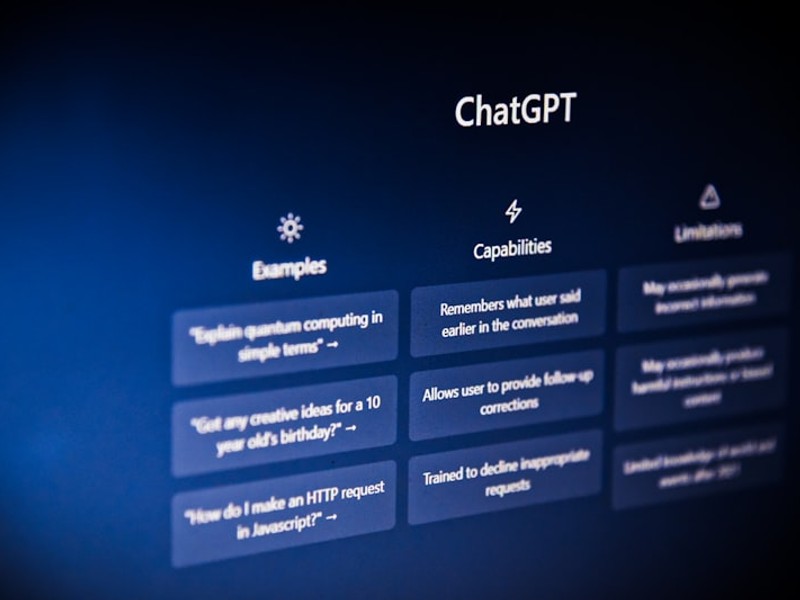
a computer screen with a bunch of buttons on it
Several platforms and tools are available for building AI chatbots, each with its own strengths and weaknesses. The best choice for you will depend on your technical skills, budget, and specific requirements.
No-Code/Low-Code Platforms
These platforms offer a visual interface and pre-built components, making it easy to create chatbots without writing code. Examples include:
- Dialogflow (Google): A powerful and versatile platform with robust NLP capabilities. (External Link: https://cloud.google.com/dialogflow)
- Amazon Lex (AWS): Integrates seamlessly with other AWS services and offers advanced features like voice recognition. (External Link: https://aws.amazon.com/lex/)
- Microsoft Bot Framework: A comprehensive framework for building and deploying chatbots across multiple channels. (External Link: https://dev.botframework.com/)
- Chatfuel: A user-friendly platform popular for building chatbots for Facebook Messenger and Instagram. (External Link: https://chatfuel.com/)
- Manychat: Another popular platform for building chatbots on Facebook Messenger, focusing on marketing automation. (External Link: https://manychat.com/)
Code-Based Platforms
These platforms require coding skills but offer greater flexibility and control. Examples include:
- Python with libraries like Rasa: A popular open-source framework for building conversational AI assistants. (External Link: https://rasa.com/)
- Node.js with libraries like Botkit: A framework for building chatbots in JavaScript. (External Link: https://botkit.ai/)
Considerations
- Ease of Use: How easy is the platform to learn and use?
- Features: Does the platform offer the features you need, such as NLP, integrations, and analytics?
- Pricing: How much does the platform cost?
- Scalability: Can the platform handle the expected volume of traffic?
[Image Prompt: A comparison chart showing different chatbot platforms and their features, pricing, and ease of use.]
4. Designing the Conversation Flow
The conversation flow is the blueprint for your chatbot's interactions with users. It defines the different paths a conversation can take and the responses the chatbot will provide.
Creating Intents and Entities
- Intents: Represent the user's goal or purpose in a conversation. For example, “book a flight,” “check order status,” or “ask a question.”
- Entities: Represent the specific pieces of information the user provides to fulfill their intent. For example, “destination city,” “order number,” or “product name.”
Mapping the User Journey
Create a visual representation of the conversation flow, showing the different intents, entities, and responses. This will help you ensure that the chatbot provides a smooth and intuitive user experience.
Writing Conversational Scripts
Write clear and concise scripts for each response. Use natural language and avoid jargon. Personalize the responses whenever possible.
[Image Prompt: A flowchart illustrating a sample conversation flow for a customer support chatbot.]
5. Training Your AI Chatbot
Training is crucial for how to build AI chatbot step by step. Once you have defined your conversation flow, you need to train your AI chatbot to understand user input and provide accurate responses. This involves providing the chatbot with a large dataset of training examples.
Providing Training Data
Provide the chatbot with a variety of examples for each intent and entity. The more training data you provide, the better the chatbot will be at understanding user input.
Testing and Refining
Regularly test your chatbot and refine its training data based on user feedback. Identify areas where the chatbot is struggling and provide additional training examples.
Using Sentiment Analysis
Integrate sentiment analysis to detect the user's emotional state and tailor the responses accordingly. This can help improve customer satisfaction and build rapport.
6. Integrating with Other Systems
To maximize the value of your AI chatbot, integrate it with other systems, such as your CRM, help desk, and e-commerce platform.
API Integrations
Use APIs to connect your chatbot to other systems and exchange data. This will allow the chatbot to access real-time information and perform tasks on behalf of the user.
Channel Integrations
Deploy your chatbot across multiple channels, such as your website, mobile app, social media, and messaging platforms. This will allow you to reach a wider audience and provide consistent support across all touchpoints.
[Image Prompt: A diagram showing how an AI chatbot integrates with various systems, such as CRM, help desk, and e-commerce platforms.]
7. Testing and Deployment
Before launching your AI chatbot, thoroughly test it to ensure that it is working correctly and providing a positive user experience.
User Acceptance Testing (UAT)
Conduct UAT with a group of representative users. Gather feedback and make any necessary adjustments before launching the chatbot to the general public.
Monitoring and Maintenance
Continuously monitor your chatbot's performance and make ongoing improvements. Track key metrics such as user satisfaction, resolution rate, and conversion rate.
A/B Testing
Use A/B testing to experiment with different versions of your chatbot and identify what works best. This will help you optimize your chatbot's performance over time.
8. Advanced Techniques and Future Trends
The field of AI chatbots is constantly evolving. Stay up-to-date with the latest trends and techniques to ensure that your chatbot remains competitive. Current and future trends include:
Enhanced Personalization
Leveraging user data and machine learning to provide more personalized and relevant experiences. This includes dynamic content, personalized recommendations, and proactive support.
Multimodal Chatbots
Integrating voice, video, and other modalities to create more engaging and immersive experiences. This includes voice assistants, video chatbots, and augmented reality integrations.
Generative AI
Utilizing large language models (LLMs) like GPT-4 to generate more creative and human-like responses. This allows chatbots to handle more complex and nuanced conversations.
Proactive Chatbots
Initiating conversations with users based on their behavior and context. This includes proactive support, personalized recommendations, and timely notifications.
[Image Prompt: A futuristic illustration showing an AI chatbot interacting with a user through various modalities, such as voice, video, and augmented reality.]
Conclusion
Learning how to build AI chatbot step by step might seem daunting at first, but by following these steps, you can create a powerful and effective chatbot that delivers real value to your users. Remember to start small, focus on a specific use case, and continuously iterate and improve your chatbot based on user feedback. The future of customer service and communication is here, and AI chatbots are leading the way. Ready to build your own AI chatbot? Start experimenting with the platforms and tools mentioned in this guide and unlock the potential of conversational AI.
FAQ
Q: What is the best platform for building an AI chatbot?
A: The best platform depends on your technical skills, budget, and specific requirements. No-code/low-code platforms like Dialogflow and Amazon Lex are great for beginners, while code-based platforms like Python with Rasa offer more flexibility.
Q: How much does it cost to build an AI chatbot?
A: The cost can vary widely depending on the platform you choose, the complexity of your chatbot, and the level of customization required. Some platforms offer free tiers or trial periods, while others charge a monthly subscription fee.
Q: How long does it take to build an AI chatbot?
A: The timeline can range from a few days to several months, depending on the complexity of your chatbot and your level of experience. Start with a simple prototype and gradually add more features over time.
Q: What skills do I need to build an AI chatbot?
A: Basic programming skills are helpful but not always necessary. No-code/low-code platforms allow you to build chatbots without writing code. However, understanding of NLP concepts and conversational design principles is essential.
Q: How can I improve the accuracy of my AI chatbot?
A: Provide the chatbot with a large dataset of training examples, regularly test and refine its training data based on user feedback, and use sentiment analysis to detect the user's emotional state.
